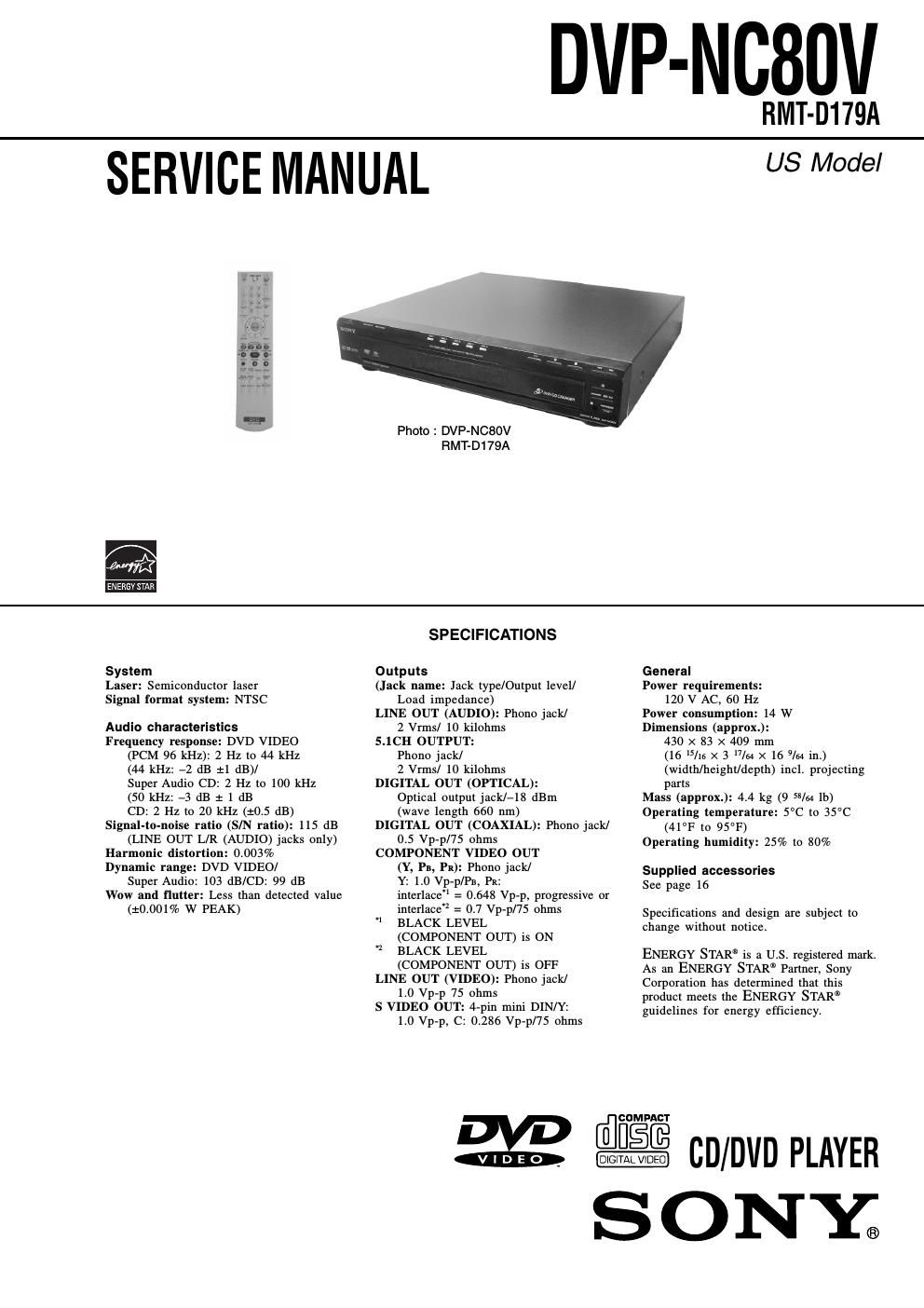Sony dvpnc 80 v service manual
This is the 92 pages manual for sony dvpnc 80 v service manual.
Read or download the pdf for free. If you want to contribute, please upload pdfs to audioservicemanuals.wetransfer.com.
Page: 1 / 92
